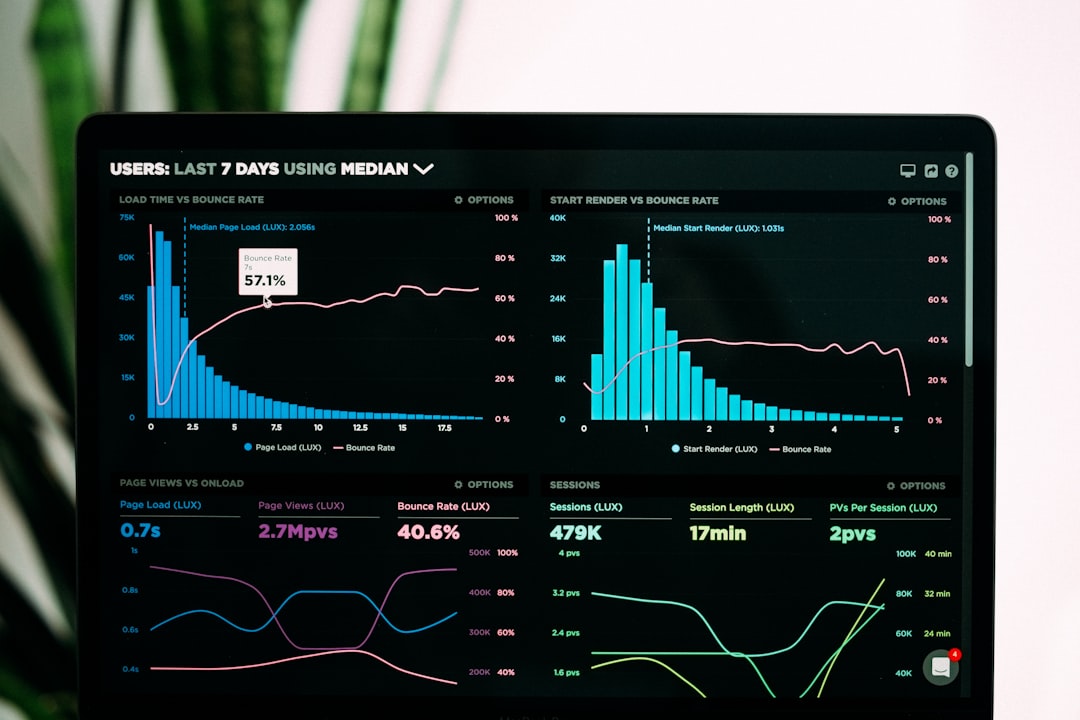
Understanding Unemployment Rates: A Comprehensive Guide
# Introduction. Unemployment rates are a fundamental aspect of economic health, serving as vital indicators of job availability and economic performance. Understanding these rates provides insight into labor market trends and can influence policy decisions, business strategies, and personal financial planning. This blog post will explore the intricacies of unemployment rates, their calculation, factors influencing these rates, and their implications on the economy and society as a whole. # What Are Unemployment Rates?. Unemployment rates represent the percentage of the total labor force that is unemployed but actively seeking employment. They are usually calculated monthly and published by governmental statistics agencies, such as the Bureau of Labor Statistics (BLS) in the United States. The formula for calculating the unemployment rate is: **Unemployment Rate (%) = (Number of Unemployed Individuals / Labor Force) x 100.** The labor force includes all individuals actively participating in the job market, encompassing both employed and unemployed individuals actively seeking work. Understanding this definition is crucial for interpreting the unemployment data correctly. # Types of Unemployment. Unemployment is not a monolithic concept; it can be categorized into different types: 1. **Frictional Unemployment:** This type occurs when individuals are temporarily unemployed while transitioning from one job to another. It is often considered a natural component of the job market, as people continuously seek better job opportunities. 2. **Structural Unemployment:** Occurs when there is a mismatch between the skills of the workforce and the needs of employers. This can happen due to technological advancements that render certain skills obsolete, leading to unemployment in specific sectors. 3. **Cyclical Unemployment:** This type is directly related to the economic cycle. During recessions, demand for goods and services declines, leading to layoffs and reduced hiring. 4. **Seasonal Unemployment:** Specific industries experience fluctuations in hiring throughout the year due to seasonal variations. For instance, agriculture or tourism may see higher unemployment rates during the off-season. # Factors Influencing Unemployment Rates. Several factors impact unemployment rates, including: 1. **Economic Conditions:** Economic growth tends to lower unemployment rates, as businesses are more likely to hire during periods of expansion. Conversely, during economic downturns, companies often reduce their workforce. 2. **Government Policies:** Employment laws, minimum wage regulations, and policies regarding unemployment benefits can impact hiring practices and unemployment rates. 3. **Technological Changes:** Advancements in technology can lead to job losses in certain sectors as automation replaces manual labor. 4. **Global Events:** Events such as pandemics, political unrest, or natural disasters can disrupt economies significantly, leading to increased unemployment rates. # Implications of Unemployment Rates. High unemployment rates can have far-reaching implications: 1. **Economic Impact:** When large portions of the population are unemployed, consumer spending decreases, leading to reduced business revenues and potentially creating a negative feedback loop affecting employment further. 2. **Social Consequences:** High unemployment can lead to increased poverty, mental health issues, and social unrest. The longer individuals remain unemployed, the more difficult it often becomes to re-enter the job market. 3. **Political Ramifications:** Persistent high unemployment rates can lead to public discontent and influence shifts in political power, prompting policymakers to implement specific measures aimed at reducing unemployment. # Conclusion. Understanding unemployment rates is essential for comprehensively gauging economic health and labor market dynamics. By recognizing the different types of unemployment, the factors influencing these rates, and the broader implications of high unemployment, individuals, businesses, and policymakers can make informed decisions. As the world navigates economic shifts and adjusts to new realities, keeping an eye on unemployment rates will continue to be crucial in shaping a robust economy for all. .







